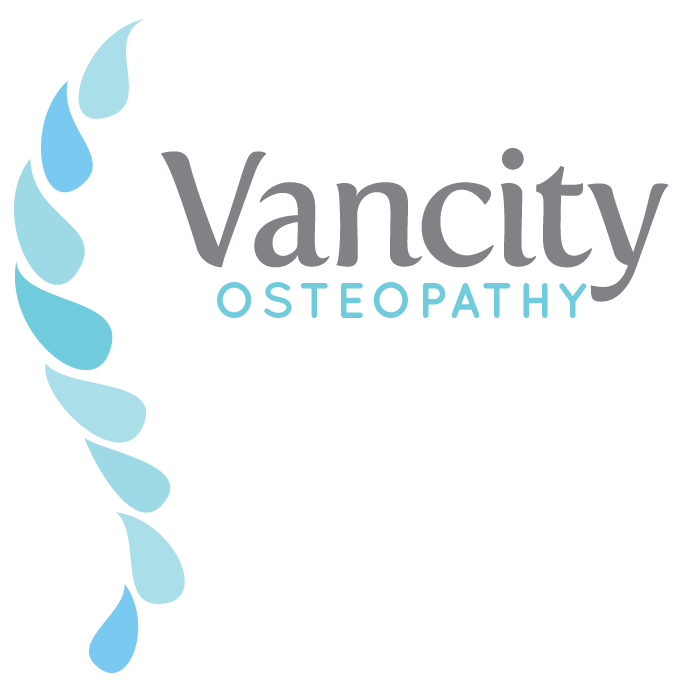OSTEOPATHY & DENTAL ISSUES
Dentists and Osteopathic Practitioners having been working together on problems involving the mouth, teeth, jaw and face since the cranial concept was first taught by Dr. Sutherland in the early part of the last century. Dental work can have a profound impact not only on the teeth but also on the integrity of the jaw, face, head and neck. Conditions affecting any one of these structures can have a direct effect on the rest of the body.
 The face is made up of a several bones. Some of these bones are considerably delicate, and are intricately linked
together in a very complex manner. Cranial Osteopathy understands that the bones of the face, like the rest of the
skull, are free to move minutely, which they do so in a rhythmic fashion. This movement is important in maintaining
drainage of the sinuses, and permitting the free passage of air through the nose.
The face is made up of a several bones. Some of these bones are considerably delicate, and are intricately linked
together in a very complex manner. Cranial Osteopathy understands that the bones of the face, like the rest of the
skull, are free to move minutely, which they do so in a rhythmic fashion. This movement is important in maintaining
drainage of the sinuses, and permitting the free passage of air through the nose.
Trauma to the face may restrict the normal movement between the bones, and can have very wide-reaching effects in the whole body. One of the most common causes of trauma is dental treatment. This is not due to poor dentistry or the lack of dental skill, but rather the considerable forces exerted on a very small surface area.
The tempomandibular joint (jaw joint) is affected directly. The mouth is not designed to be held open in any one position for an extensive amount of time. The tension of the muscles of the jaw can remain unevenly distributed, eventually affecting the alignment of our bite. Additionally, the positioning of our head and neck may cause some neck tensions or spasming. And, if any one part of the body is restricted in movement, it will naturally attempt to compensate, which may result in misalignment elsewhere in the body.
Interestingly enough, during embryonic development the teeth partially originate from the ectomesenchyme, which is same origin as the skin, senses organs, nervous system and brain. Although teeth go through the process of ossification, they did at one point share the same origin as our senses organ, our proprioception and our nervous system.
The key to the integration of the concepts of both professions is the respect for this inherent motion in the human body, (which Dr. Sutherland coined the Primary Respiratory Mechanism), including the structures of the head (bones, nervous tissue membranes, fluid and central nervous system).
Some of the most common dental-related complaints, in which treatment may be beneficial, include:
- Bruxism (teeth grinding)
- Dental pain
- Jaw clenching
- Orthodontic problems
- Symptoms from traumatic extraction
- TMJ (jaw) problems
